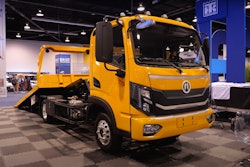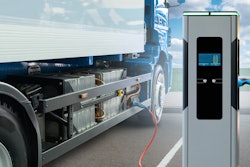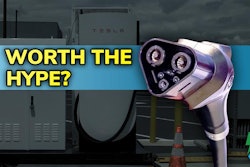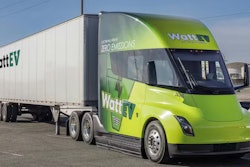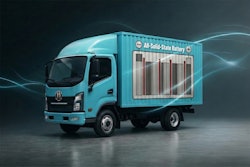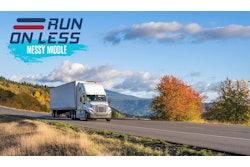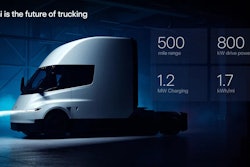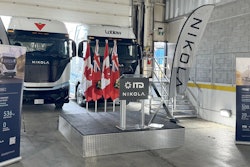
What you need to know:
- The California Transportation Commission (CTC) has allocated $94 million to fund 500 new battery-electric truck charging ports.
- These chargers will be installed along major freight corridors, boosting infrastructure for heavy-duty, medium-, and light-duty EV trucks.
- The investment follows President Trump’s rollback of California’s Advanced Clean Trucks and low-NOx Omnibus rules.
- Despite federal cutbacks, states retain control over how they deploy transportation infrastructure funding.
The California Transportation Commission (CTC) approved earlier this month $94 million to fund an additional 500 battery-electric truck charging ports that'll be located along some of the Golden Staten's busiest freight corridors.
Heavy-duty trucks will be able to utilize the chargers along with light- and medium-duty counterparts.
An additional 500 chargers may not sound like much, considering the state's annual $20 billion transportation infrastructure budget, but this latest investment will actually increase the number of commercial EV chargers by 25%, according to the Natural Resources Defense Council (NFDC)
The timing of this announcement makes sense following President Trump's decision last month to revoke California's Advanced Clean Trucks and low-NOx Omnibus rules on heavy trucks.
[Related: Trump signs measure officially revoking CARB waivers]
Although funding for projects like this won't be coming from the federal government anytime soon, the door remains wide open for governors to take action on their own terms.
As the NFCD points out, "Governors have unprecedented levels of flexible federal and state funding at their disposal to shift from paving over neighborhoods to cleaning up communities."
Clean Trucking reported earlier this month that commercial ZEV sales have flatlined in the West Coast region following the California Air Resources Board's (CARB) reversal of its Advanced Clean Fleet and Advanced Clean Truck mandates. The CTC's latest investment has the potential to help reenergize the commercial ZEV market but it's still way too early to know for certain.
However, California has another problem: a lack of sustained incentive funding for fleets to purchase ZEVs. Its Hybrid and Zero-Emission Truck and Bus Voucher Incentive Project (HVIP) has experienced funding gaps, thus leaving fleets without a 'carrot' or a total cost of ownership justification to buy ZEVs this year, a dealer source explained.
[Related: California doubles down on emissions regulations, starts work on next generation rules]
"The message fleets are getting is clear: don’t count on government support, cost reductions, or infrastructure in the mid-term," a second dealer source explained.


